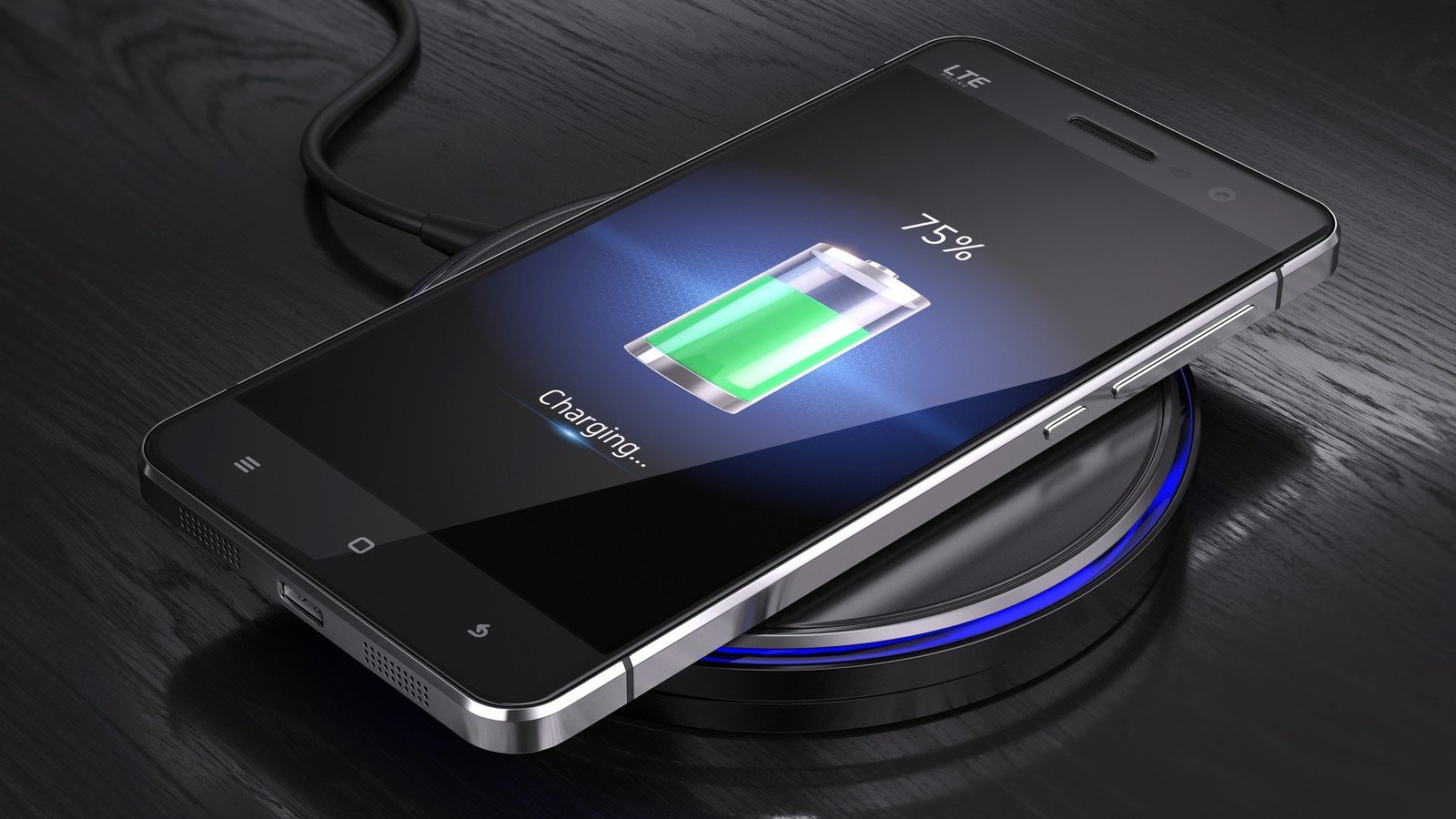791
Inductive charging is a new mobile phone technology. Users are often unsure whether it can reduce battery life. Used correctly, wireless charging is not harmful to the battery.
Inductive charging – whether it is really harmful to the battery
Inductive charging is no longer a new technology and has been used for years in consumer electronics such as electric toothbrushes and shavers. In the smartphone sector, however, wireless charging is a relatively new development. It is not possible to make a general statement that inductive charging is harmful. It depends very much on the user’s behaviour whether the life of the battery suffers as a result.
- With conventional charging using a cable, the smartphone draws the energy from the socket. With inductive charging, the energy is provided via a magnetic field. If the mobile phone is within the range of the magnetic field, current is induced and the battery is charged.
- Once the smartphone is 100 percent charged, the charging process stops. However, if the mobile phone is not removed from the charging device, it will lose charge again after a short time and will be charged again on inductive charging stations.
- This also hurts battery performance. Some smartphone manufacturers have already solved this problem. However, if you have upgraded your phone, this problem will almost certainly still affect you.
- Inductive charging works by having two coils – one in the smartphone, the second in the charger – on top of each other. This charges the mobile phone. The coils can heat up considerably in the process. In this case, the overheating protection of the battery in the mobile phone is activated and the mobile phone does not continue charging. The charging process is therefore interrupted and restarted several times.
- It’s tempting to always leave your phone on the charging stand when you’re not using it, so that you have a fully charged smartphone the next time you use it. But this actually damages the battery. Every charging cycle (whether via cable or inductively) ages the battery. The less often it is charged, the longer the battery will last.
- Modern smartphones are designed to withstand about 500 battery charges before the battery power starts to degrade significantly. If you charge your phone every day, after about one and a half years, the effect is that the battery loses power noticeably.
- As a general rule, it is best to keep an eye on the smartphone during the inductive charging process and remove it from the charging station as soon as the battery is charged. If you take this into account, you don’t have to worry about the battery ageing significantly faster than with conventional charging.
Inductive charging – a prospect for the future
- Today, inductive charging is a very innovative solution. In a few years, the technology could be so advanced that the possibility to charge your smartphone exists in publicly accessible places
- Inductive charging is still expensive today and the technology still has weaknesses that could be addressed by more advanced charging stations. Many smartphones without inductive charging can already be retrofitted so that they too are compatible for wireless charging.
- The problems do not only affect one brand of mobile phone providers, but all of them. This means that because of the competition for customers, brands will work to further optimise their devices. So you can expect progress to happen quickly.
- Another disadvantage of inductive charging is that it takes longer than charging through the cable. Smartphone vendors are also working on this problem. In a few years, inductive charging could well overtake traditional charging.
- The advantage of inductive charging is that smartphones can do without another connection. This can make the devices more water resistant and reduces the risk of damage to the charging socket. In addition, less cable tangle makes for more orderliness.
